Tactical Ventilation – Understanding Flow Paths [Part 1 of 2]
Understanding the beginning….
During the last several years, a number of studies and theories have been explored in an attempt to understand, why and how fires today are “different” than fires from 25 years ago.
The overwhelming evidence points to the chemicals and compounds utilized in manufacturing the stuff that we put in our homes and businesses. NIST and the ATF have both developed “model” programs that have the ability to look at a given scenario and show what happened. Unfortunately most of these models have shown how and some of why we have lost good men and women in the fire service.
One important part that has been lacking in these studies, is how we change what we are doing to cause these models to be run!
In previous articles I have touched on the what happens in ventilation and fire growth. When we develop a clear understanding of what happens, we can then establish a plan to help control and direct what happens. You in fact can change the outcomes that have plagued us for far too long.
The most important aspect of that understanding is education. In order for us to ventilate with control in mind, we must execute our ventilation plan (make sure you have a plan) with the “flow” path of the fire in mind. Knowing where the fire is located sure makes this process easier, but it isn’t a killer for your plan.
As you remember from our other discussions regarding fire growth, the fire must have fresh air to grow. When fresh air is available or made available fire growth in todays fires tends to occur rapidly.
We know that the first vent point we cause is normally the door we open. Being a door, it is normally the largest vent point available thus creating bi-directional flow paths.
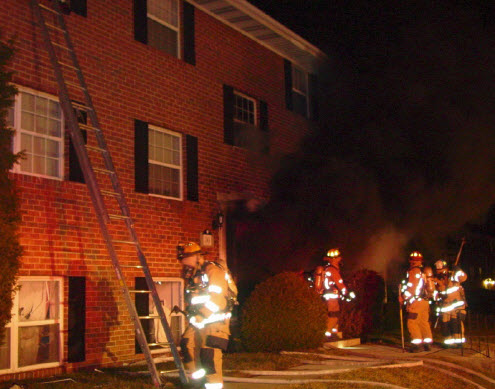
Flow Path is usually toward the largest opening.
Photo Courtesy: BCoFD
Incident: Dowling Circle Apartment Fire FB 11-10 (Hillendale, Baltimore Co. Maryland)
Bi-Directional and Uni-Flow Paths
You may ask what the heck are bidirectional flow paths? It’s the two flows necessary for rapid fire growth. Heat and bad air moves out at the top of the door and cool fresh air moves in at the bottom.
Uni-flow path is known as heat only out; or just fresh air in based on other openings or vent points.
In most cases our vent points tend to allow for bi-directional airflow. The important part is that fire growth needs both bad air out and fresh air in. To understand how this affects our vent plan, remember the larger the opening the more likely the flow path of high heat and bad air will be in the direction of that opening.
Wind
Wind also plays a part in the flow path equation. If your vent point is on the windward side and the wind is blowing hard (PPV or natural) the flow path will be tilted toward uni-flow if the fire has an option (another opening opposite the wind).
If no other opening exists, or the other opening is inadequate to handle the heat load, really bad things will happen. The heat will have nowhere to go and rapidly build in the compartment like a blast furnace.
In conclusion, this does not mean in any way, do not vent. It simply means in order for us to survive we must understand and adjust to the flow path issues while engaged in interior firefighting. Emphasizing the vent opposite the attack crew is critical. Make sure you know where the wind is, and think before your vent!!
Was this informative or what is your thoughts on the important aspects of ventilation?

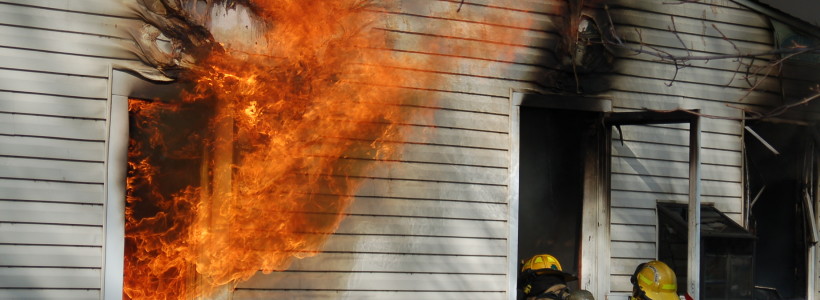
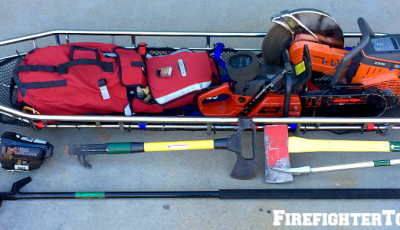
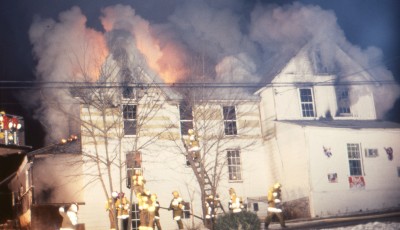
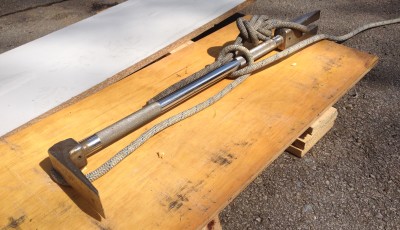
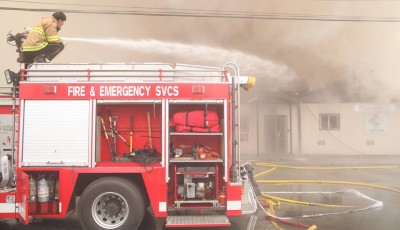

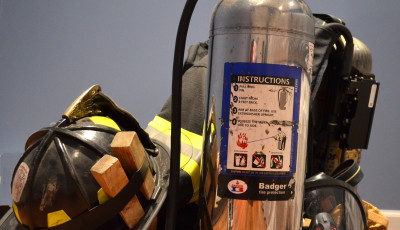




Please, in spanish!
Nice short sharp factual article Mick. Knowledge skill coupled with positive experiences makes a safe fire fighter.